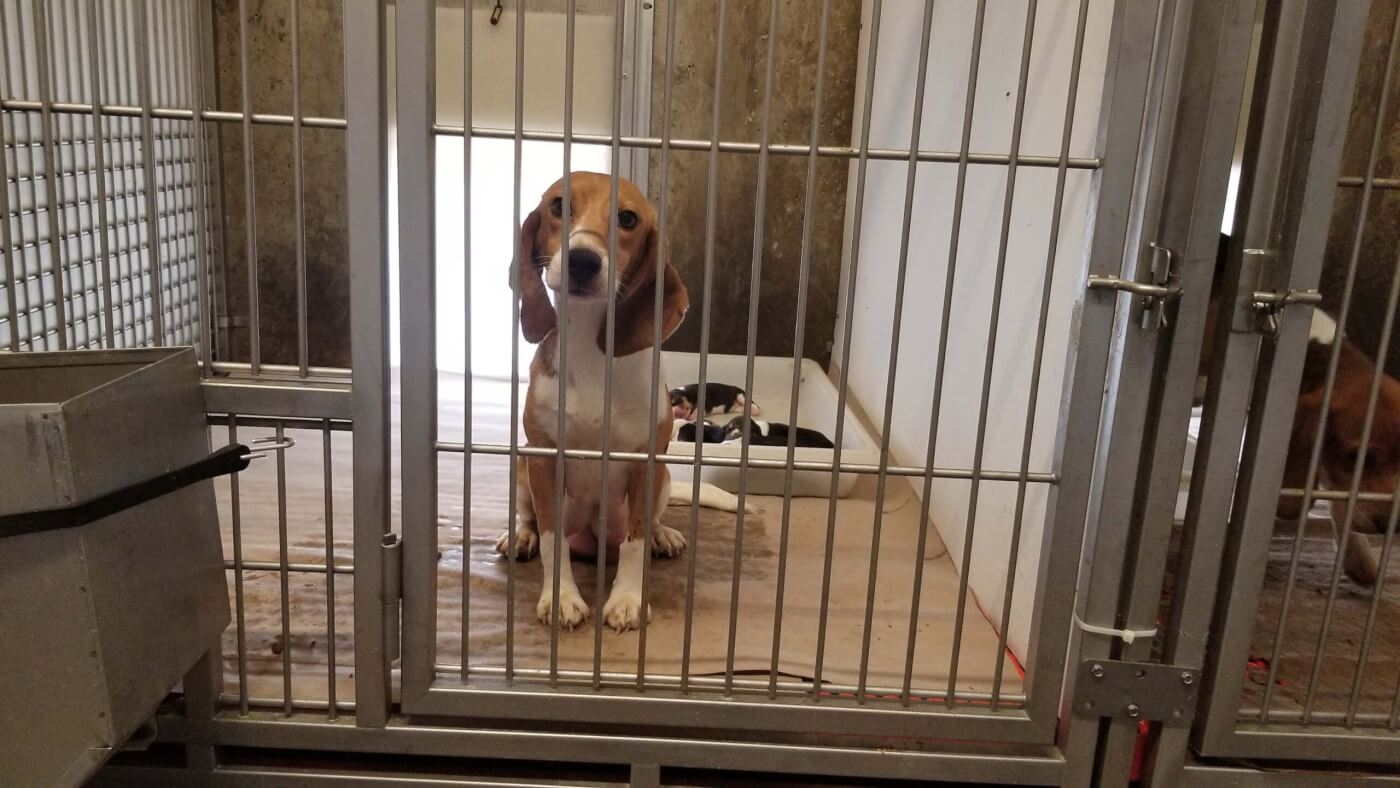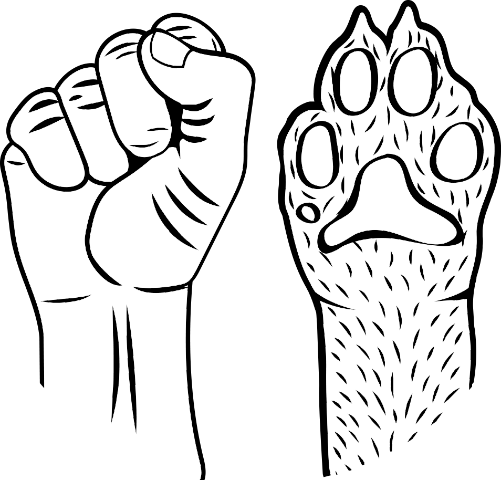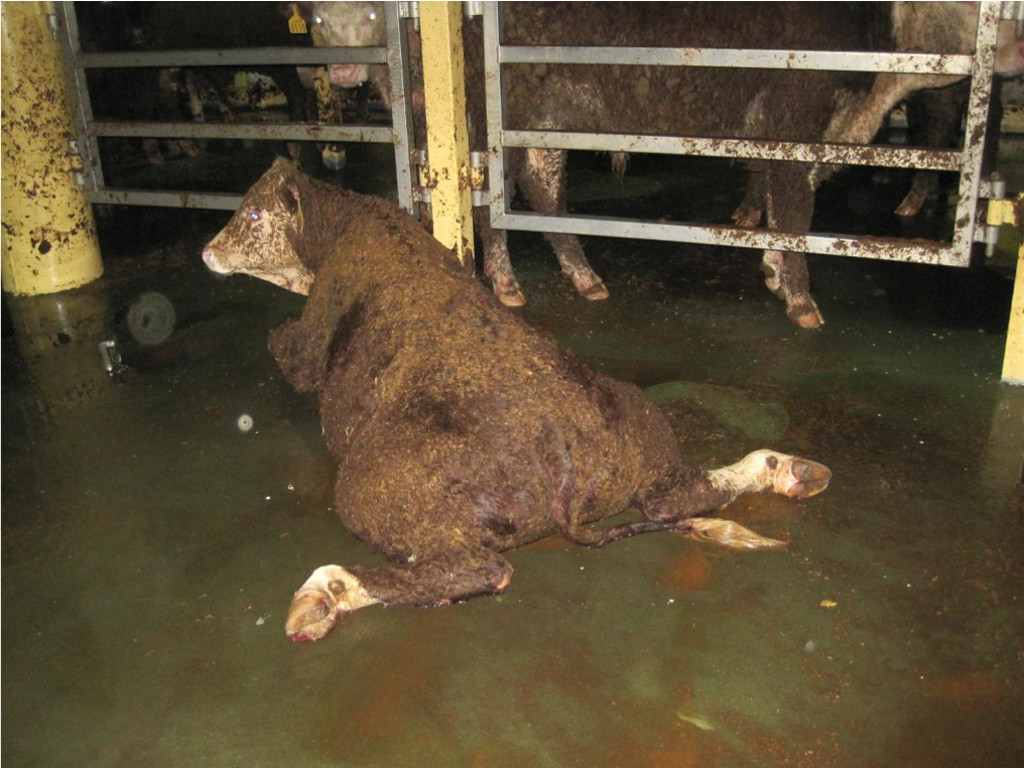
SHOCKING PHOTOS: Appalling Conditions on Live Export Ships
*2016 UPDATE*
It has now been revealed that Dr Simpson was removed from her position as a veterinarian by the Federal Government, just weeks after her report was published.
Dr Lynn Simpson, who sailed on 57 live-export journeys as the ship veterinarian, in addition to her work in feedlots and during loading and transportation, submitted a damning report to the Australian Standards for the Export of Livestock (ASEL) review about the conditions aboard live-export ships.
The photographs included with the submission show some of the injuries and health hazards as well as how woefully inadequate current standards are, as many of the pictures reveal substandard conditions on ships which passed their ASEL inspection.
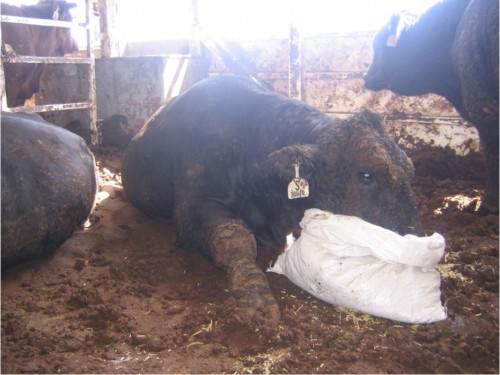
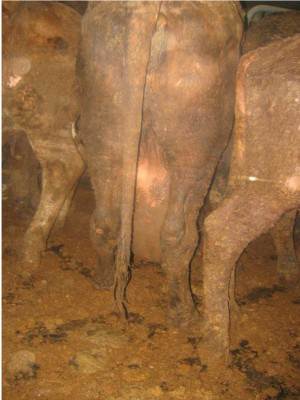
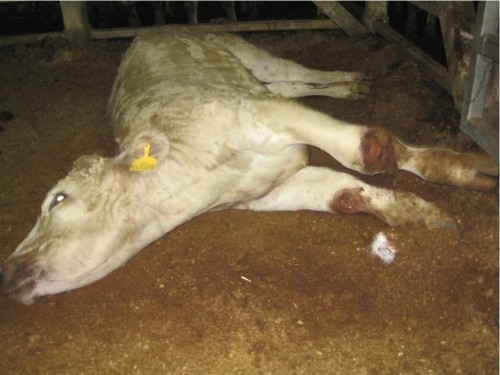
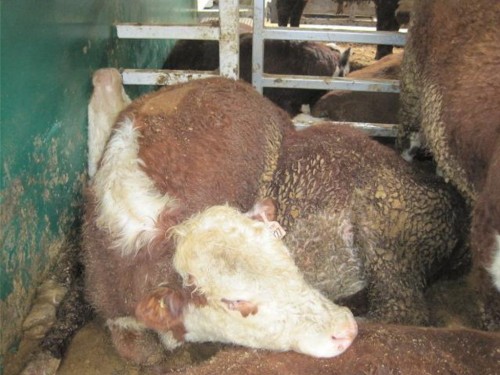
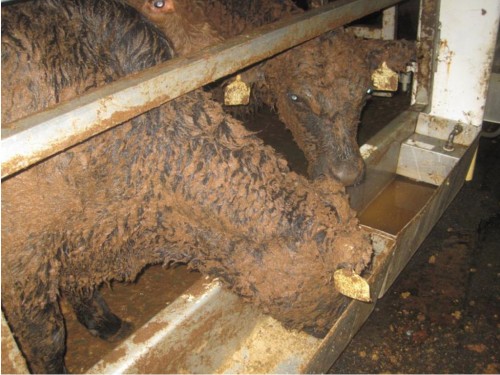
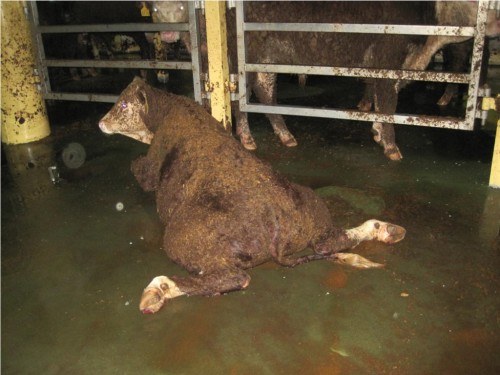
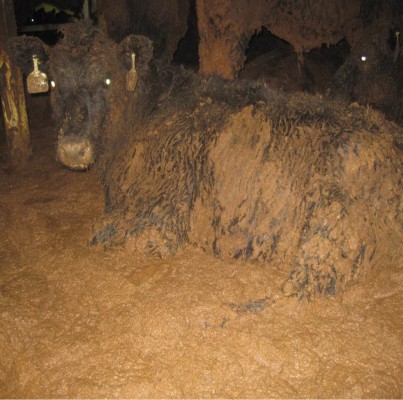
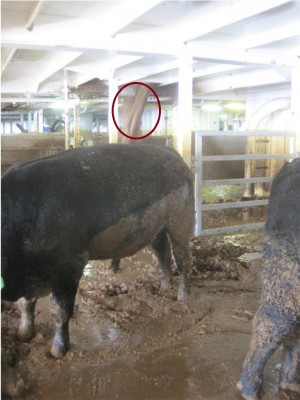
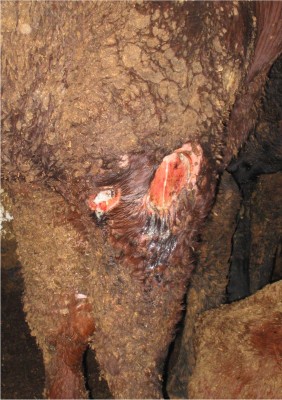
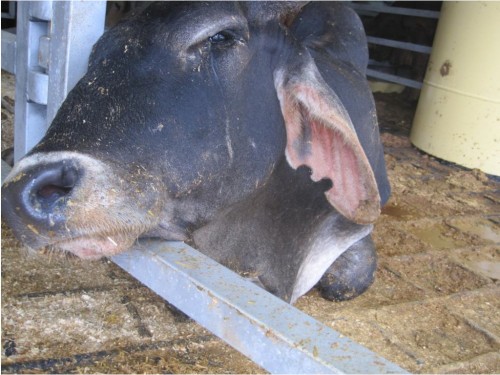
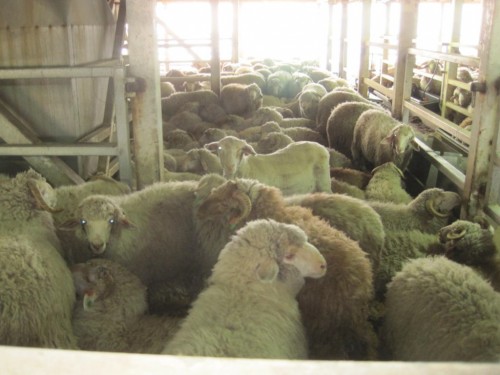
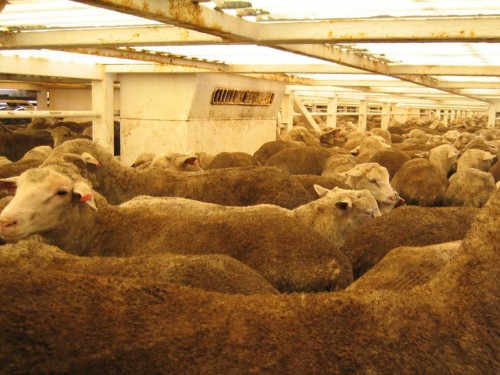
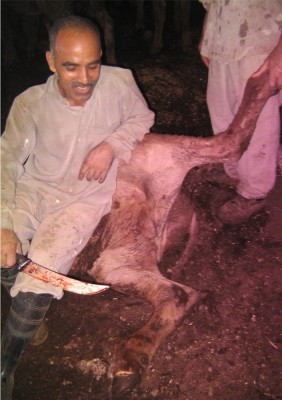
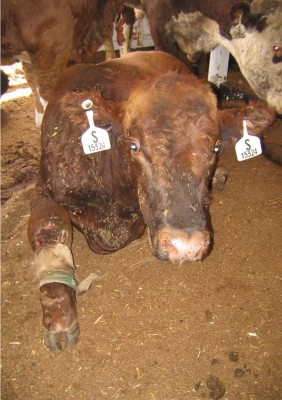
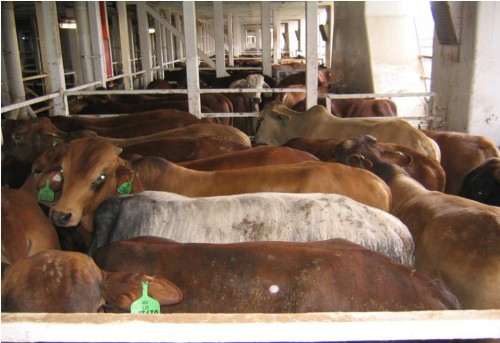
Dr Simpson should be congratulated on having the courage to speak up in a bid to improve conditions for animals used for live export. There is simply no humane way to transport thousands of animals on stinking, filthy ships in extreme temperatures and on journeys lasting days or even weeks to reach a destination where they will be slaughtered in ways which would be illegal in Australia.
Ask the Australian Prime Minister and your local MP to end live export today, before millions more animals suffer the same terrible fate.
Animals Are Suffering in Laboratories – Help Save Them Now
